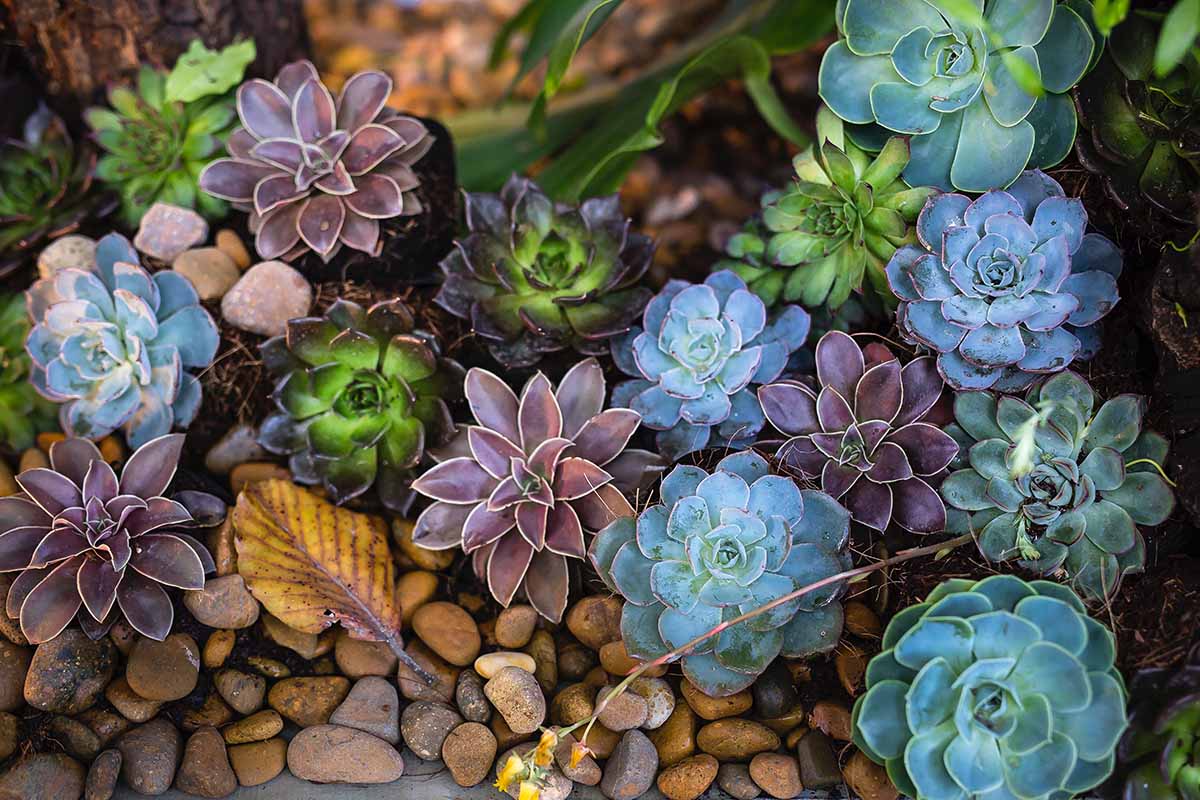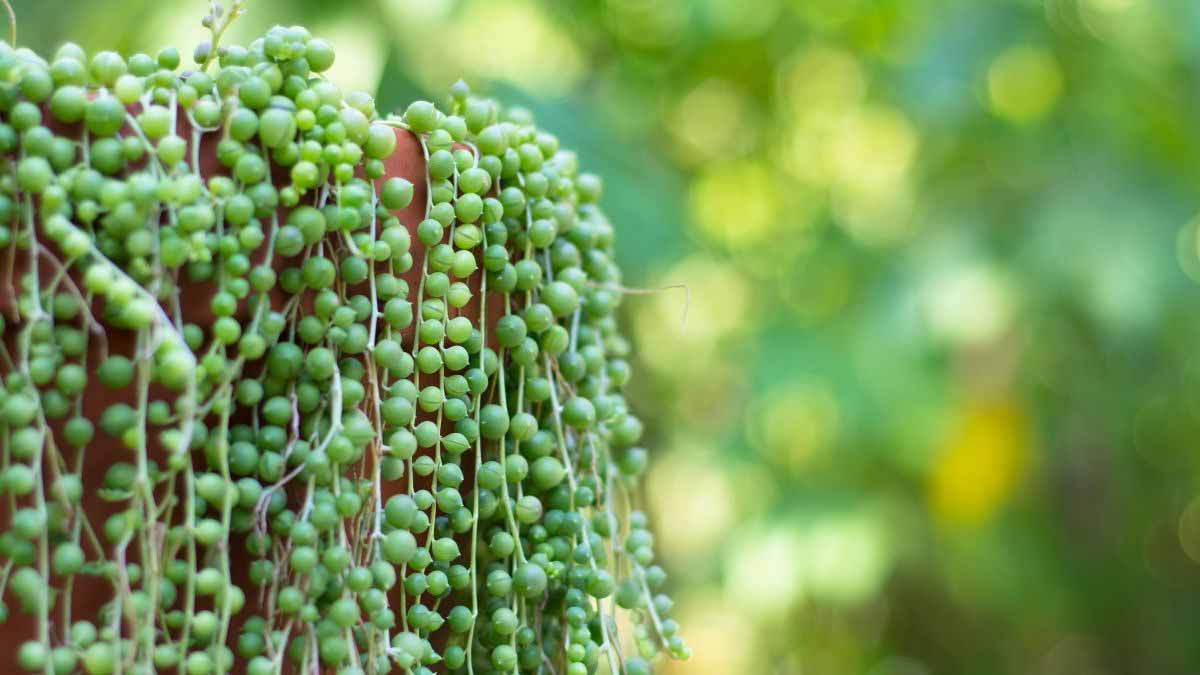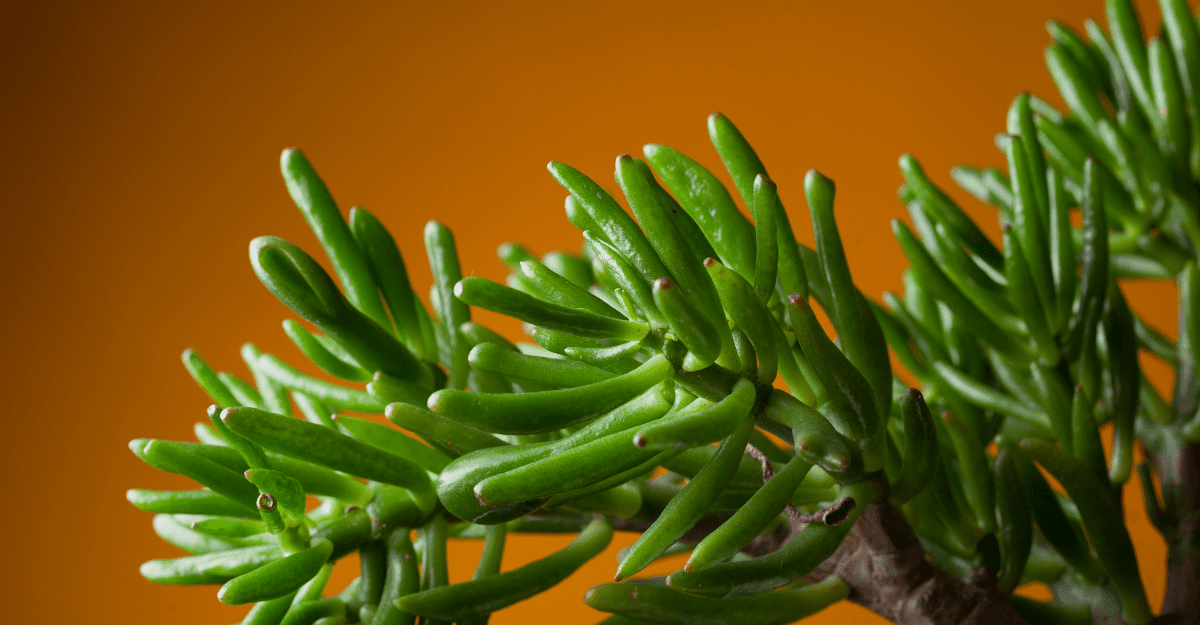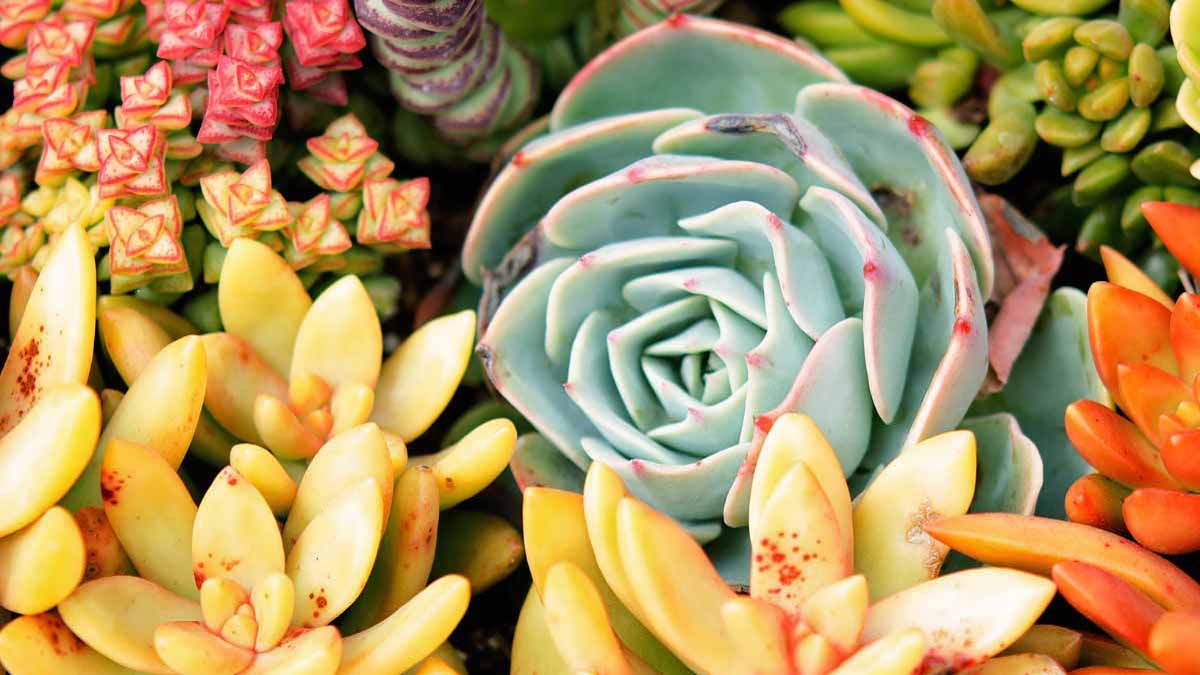Succulent Solutions

Succulents are the perfect starter plant for a black thumb. They are fairly low-maintenance and it takes quite a few errors to kill them. Here are a few easy telltale signs that your succulent may be in trouble.
Leaning Towards Light
That plant on your desk is reaching towards the window like it’s in the front row of a George Strait concert. This is a common sign that it needs more sunlight. Scootch it on over so that it gets more rays.
Dull Color
This succulent actually needs less sun. Move it into a darker area of the room and watch it’s green deepen.
Rotting, Yellowing Leaves, and Black/Brown Spotting
These are all signs that you’re succulent is getting too much water. Succulents really only need a deep watering once a week.
Shriveled Leaves
Sunken in, wrinkly leaves are a sign that your plant is thirsty. Give that thing a good drink keep tabs on it to see make sure its leaves plump up. With succulents, the goal is fewer, deeper waterings. If the soil is dry, water it until the water comes from the bottom of the pot. If the container has good drainage, you can set the succulent in a tray to let the soil wick up the water for about five minutes. Remove the pot and let it drain.
Visit our blog for more plant tips and tricks!








